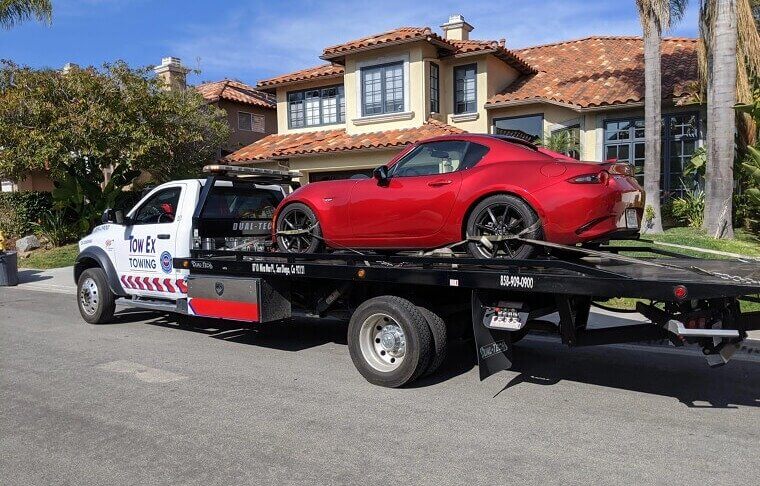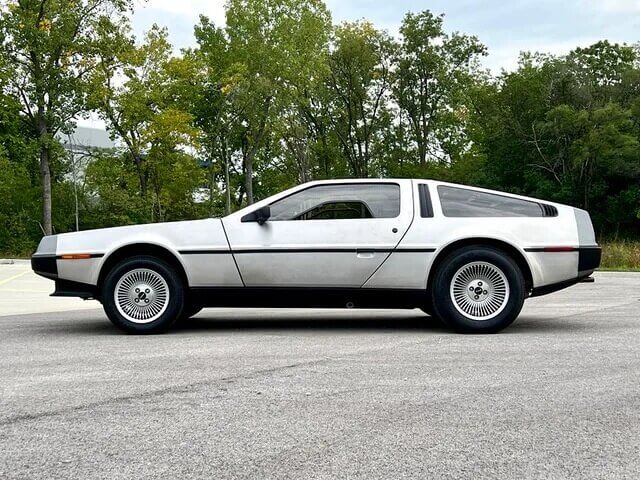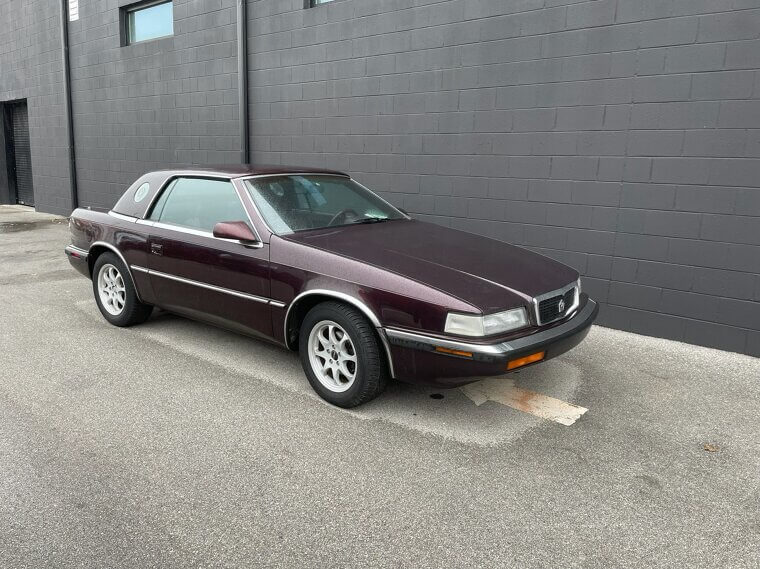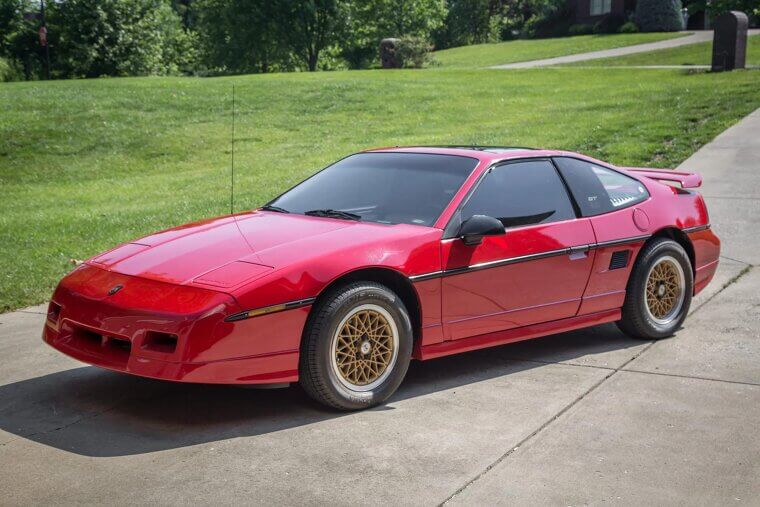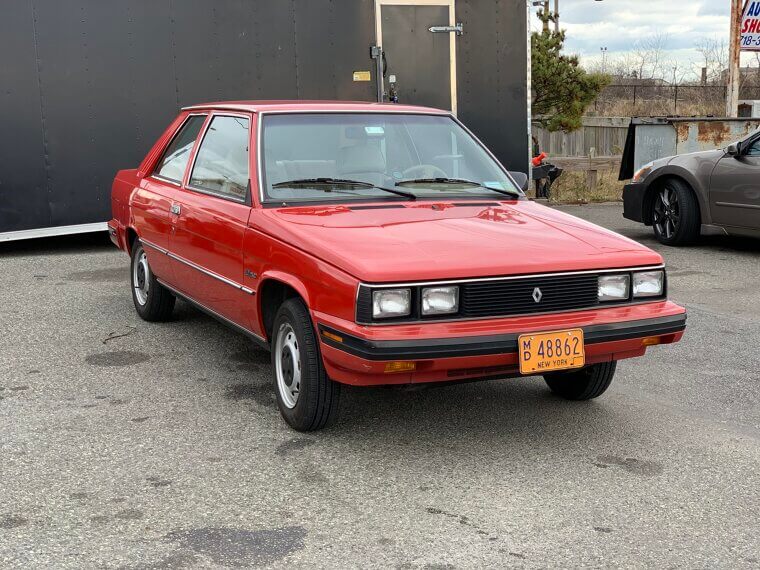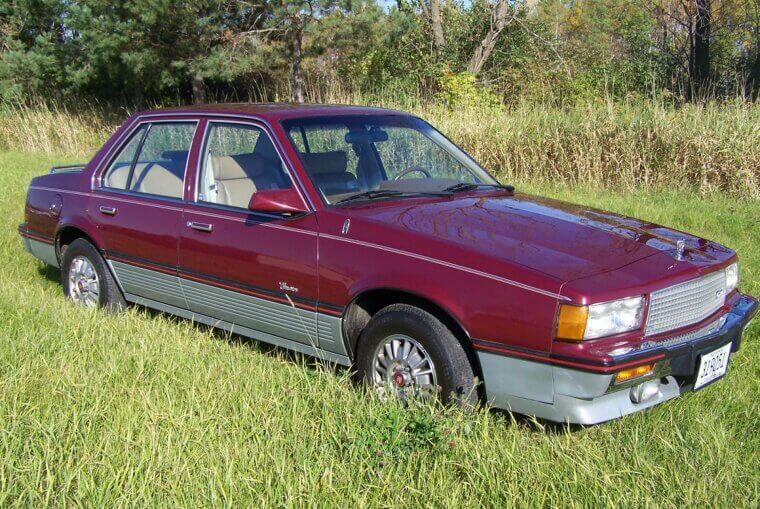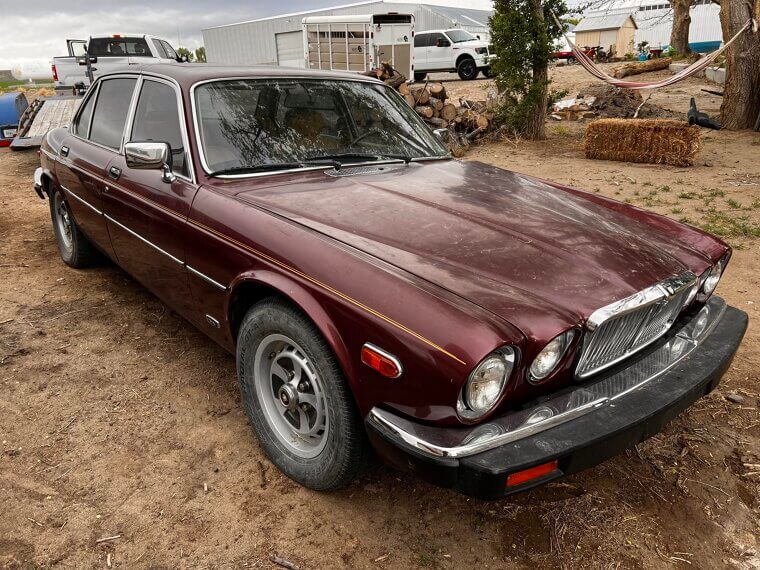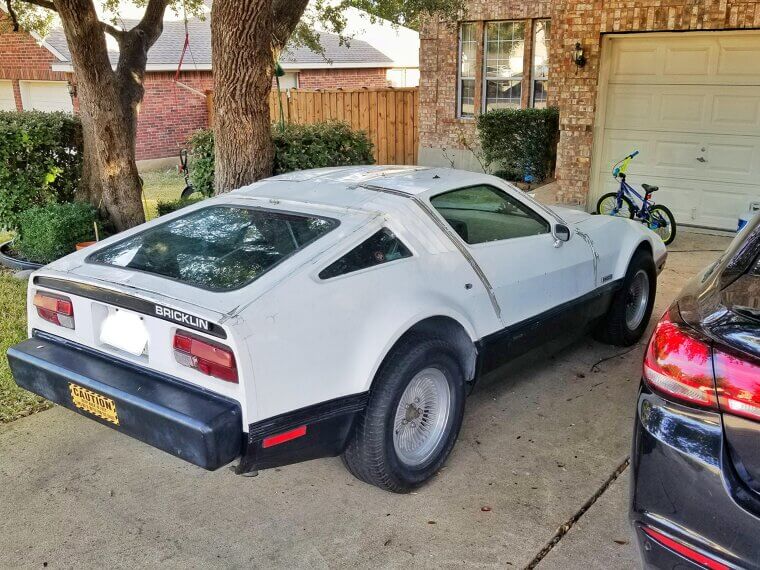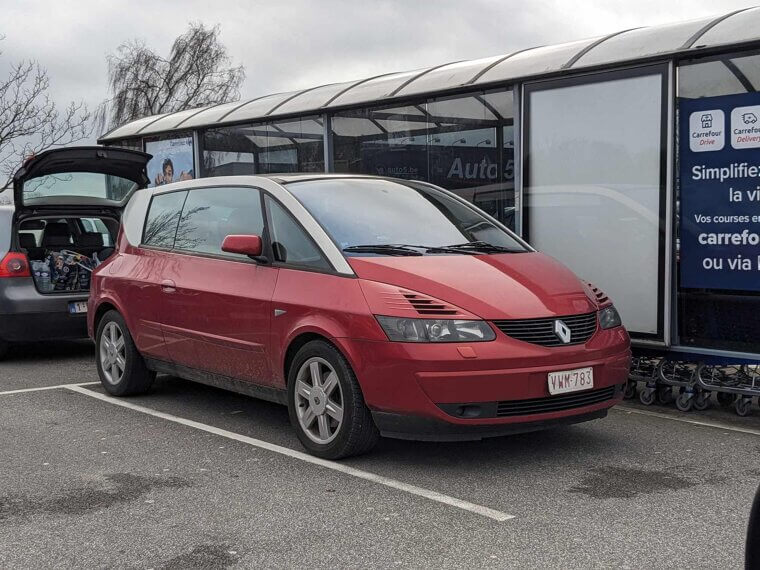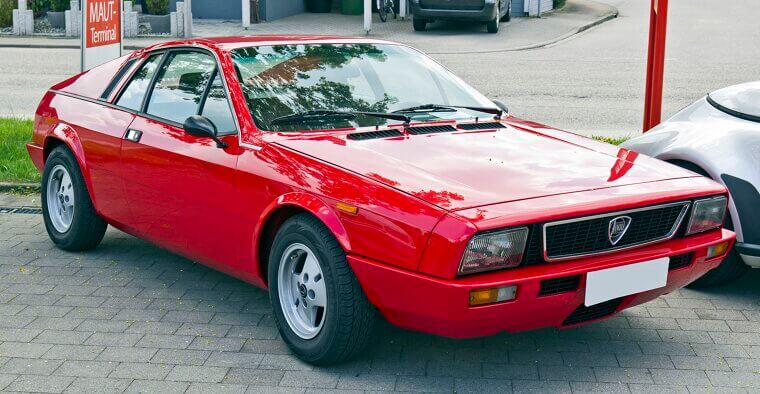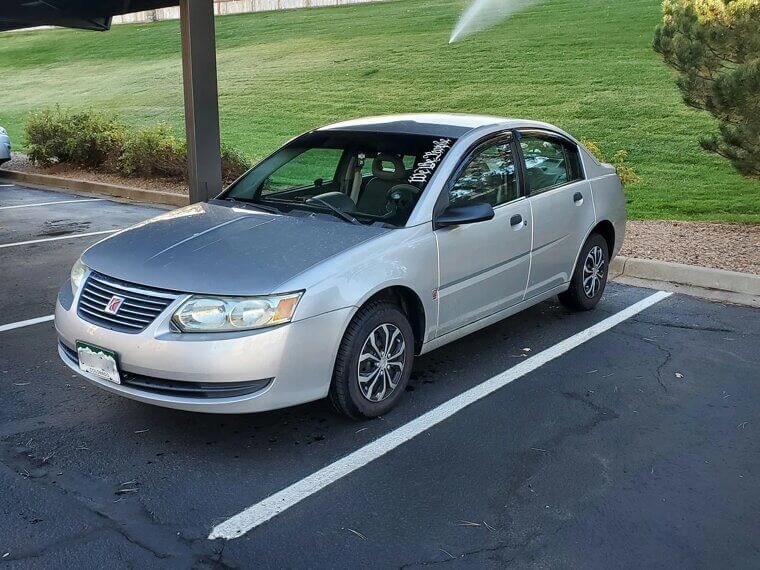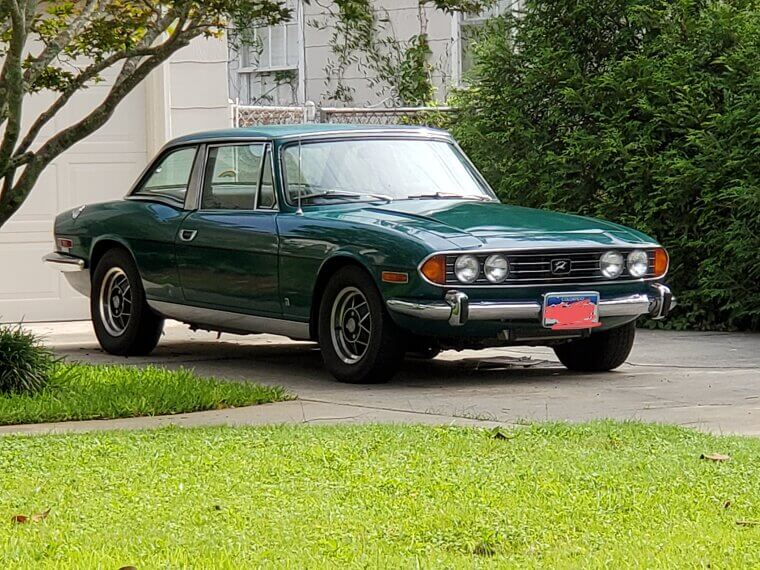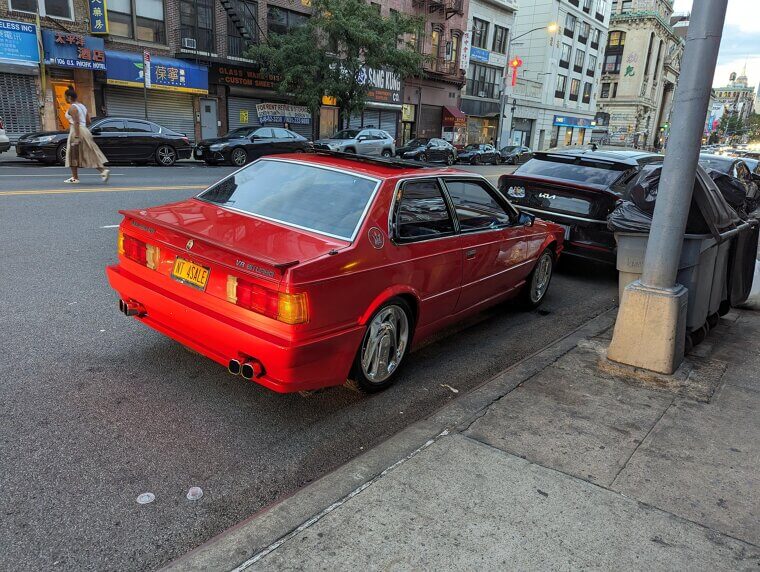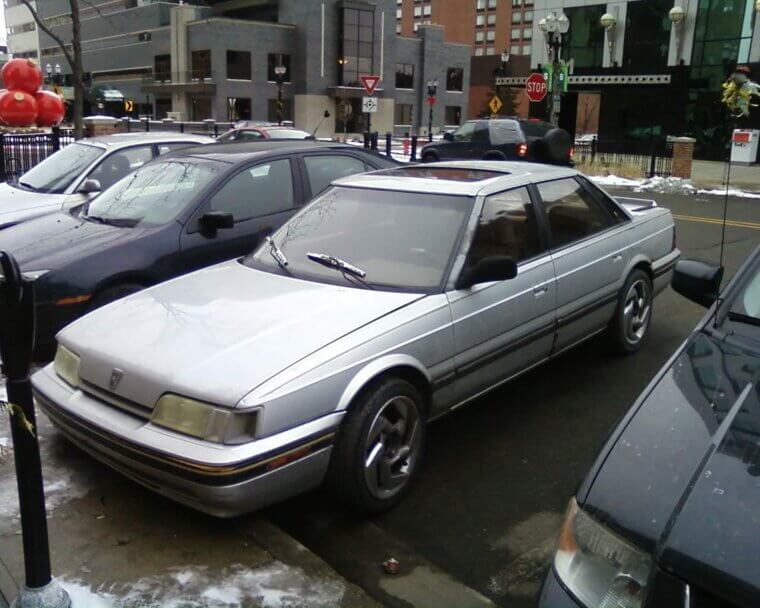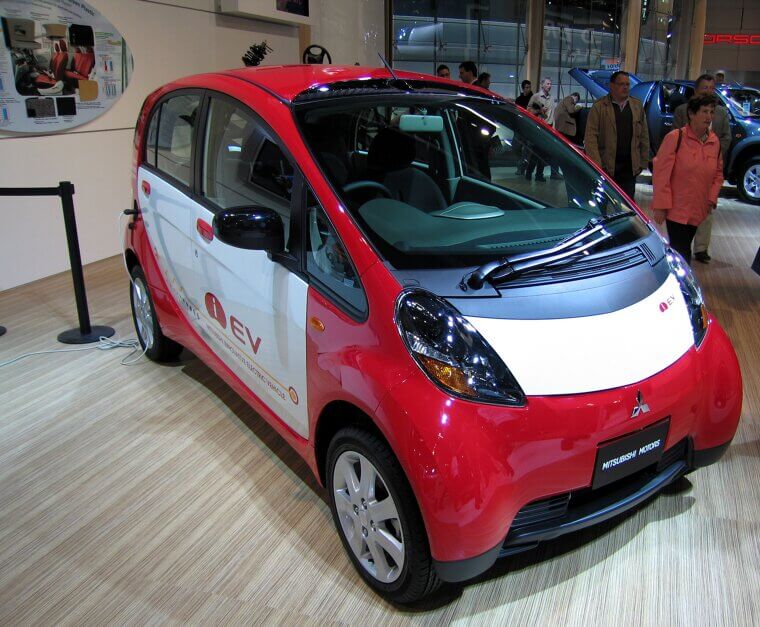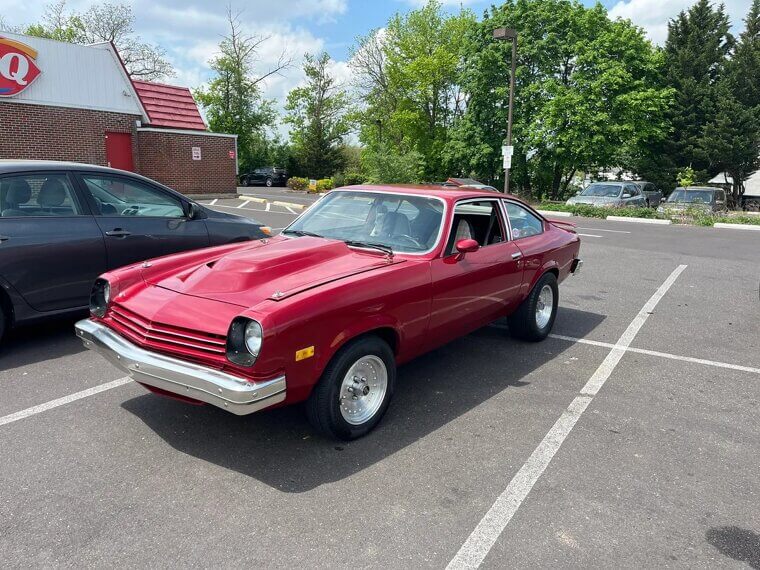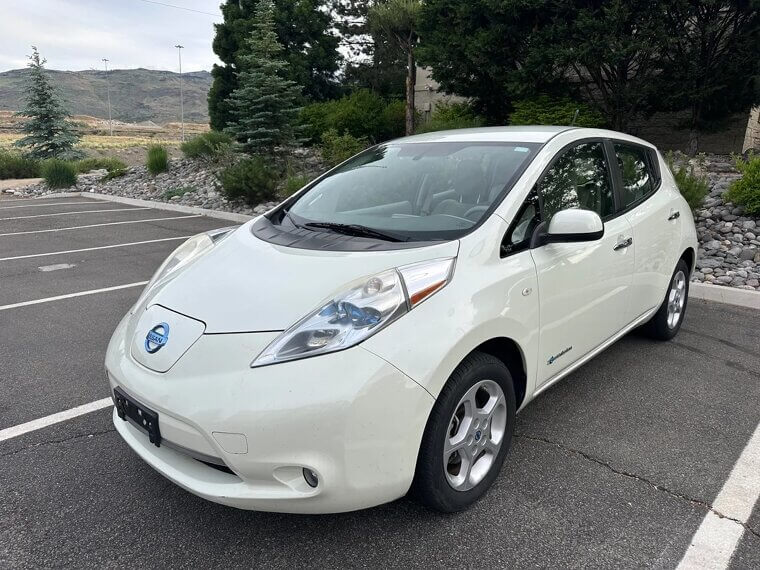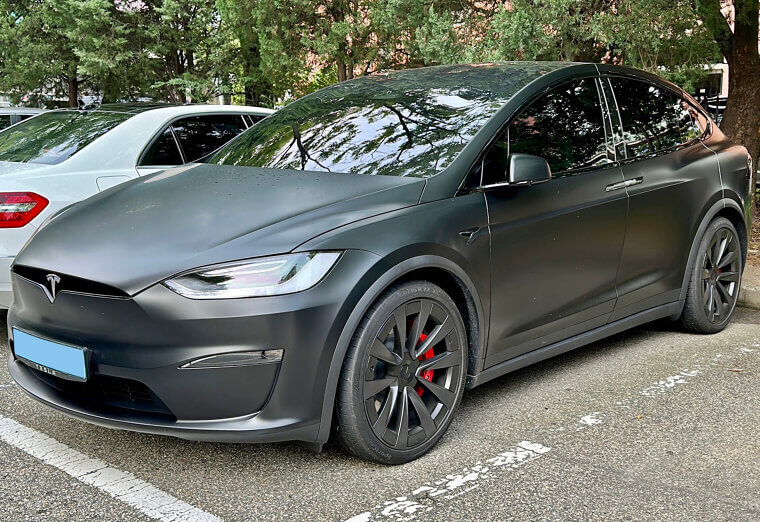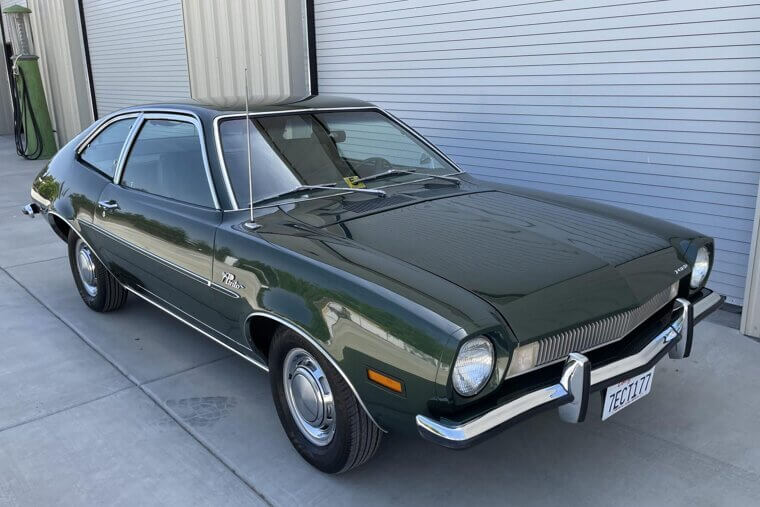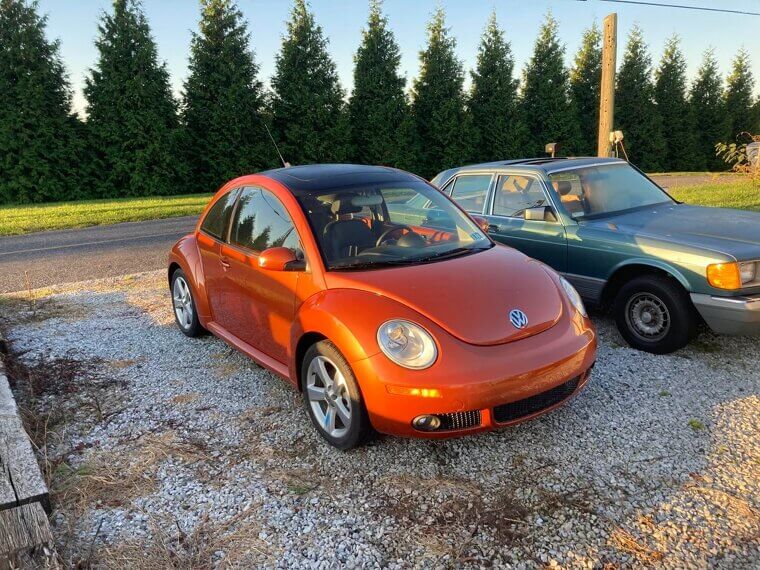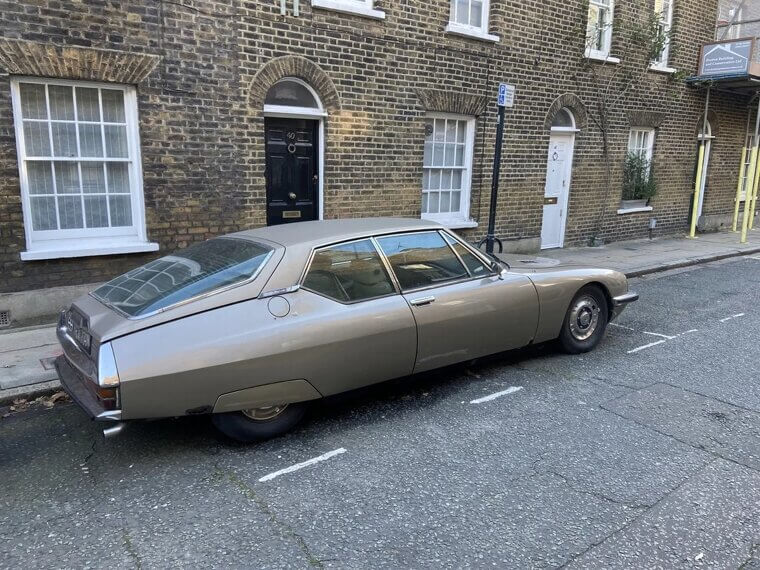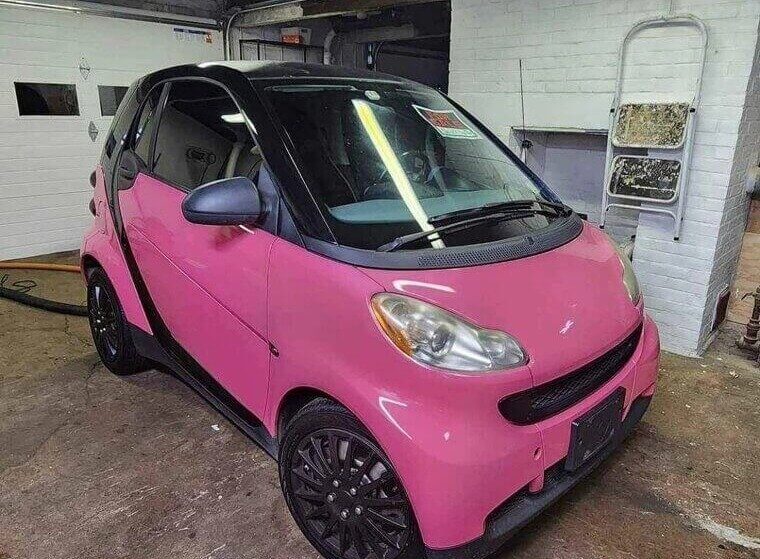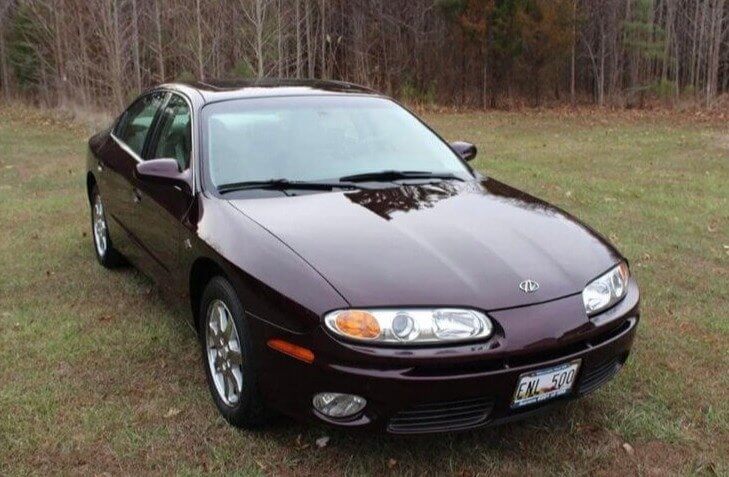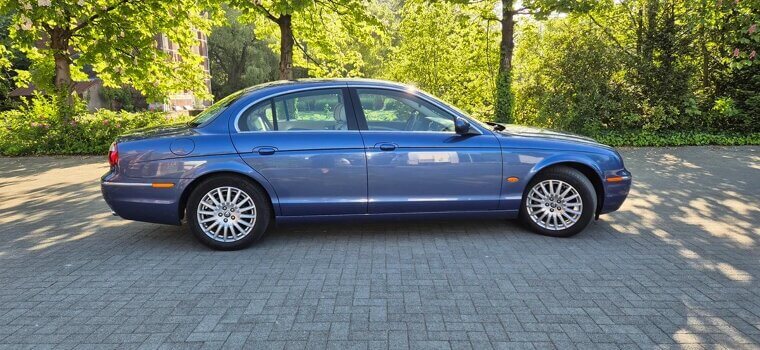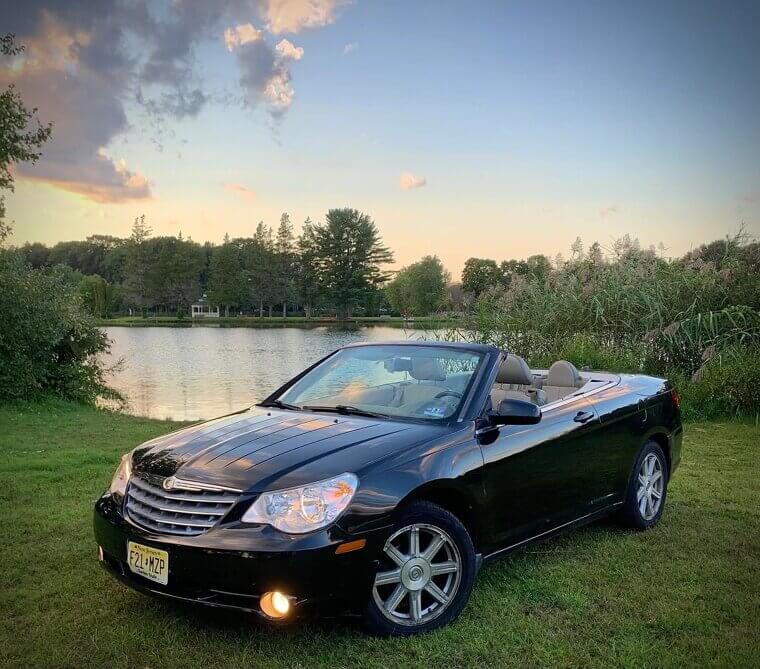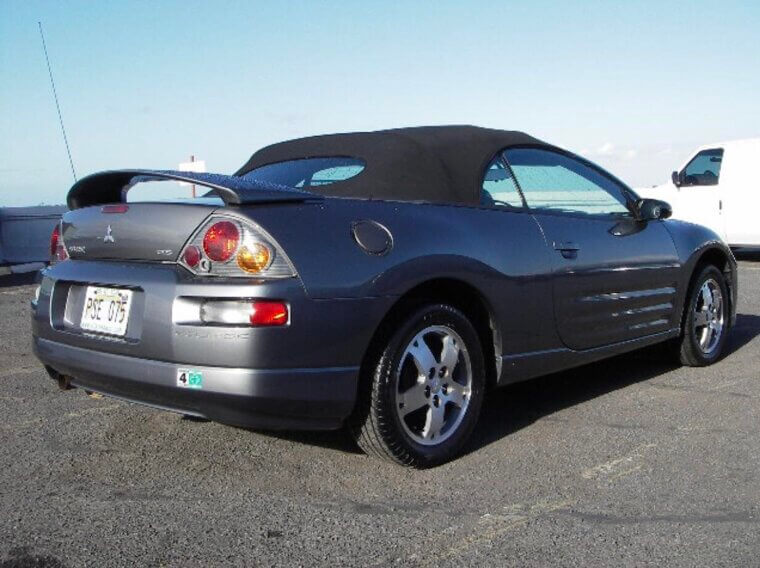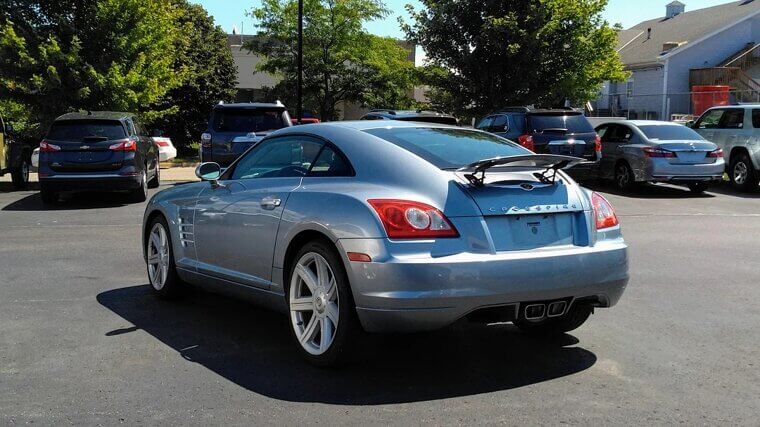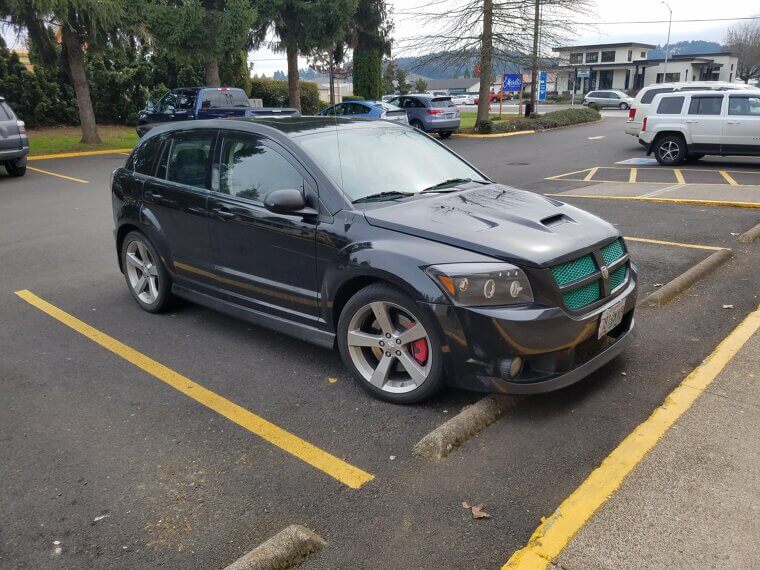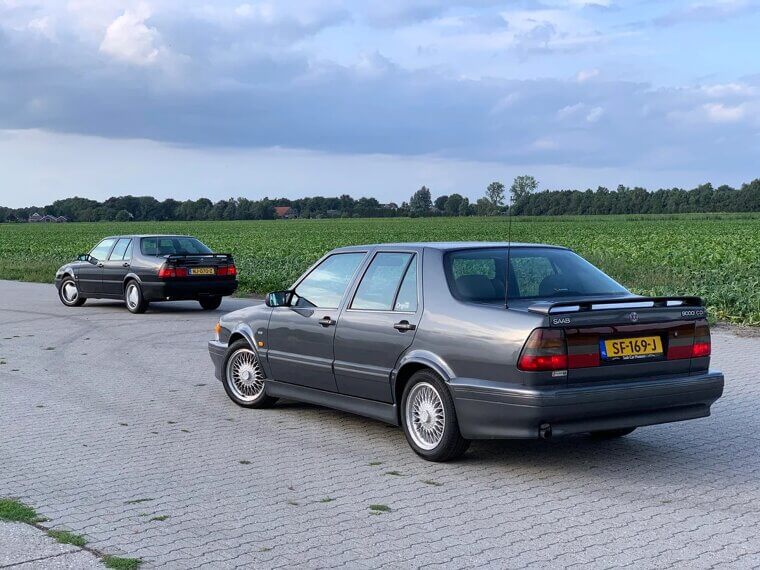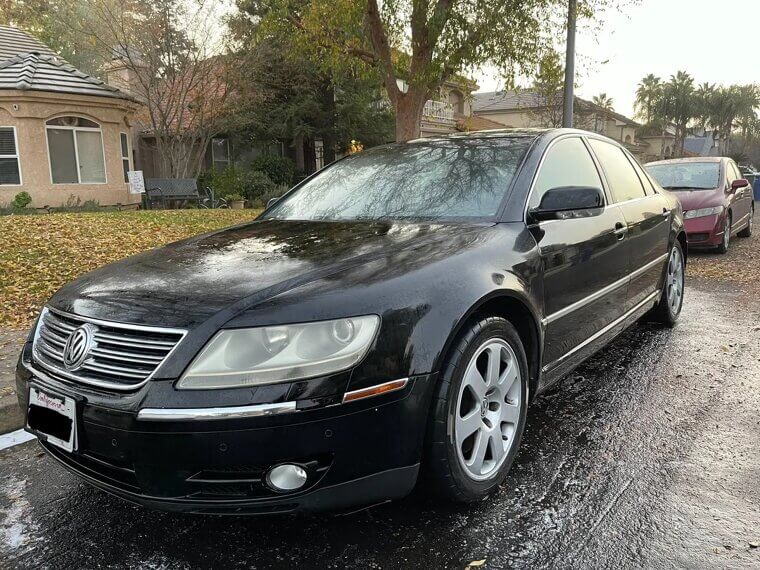Cars That Promised Innovation but Delivered Constant Repairs
Some cars were hyped as game-changers. They were supposed to be the future of driving, the “revolution on wheels.” However, not every “revolution” sticks the landing. Some of these cars turned out to be less trailblazing and more trouble-prone. Here are 35 examples that couldn’t live up to the hype.
DeLorean DMC-12
It was supposed to be the car of the future, stainless steel panels and gullwing doors included. Instead, owners found a weak V6, slow performance, and endless repair headaches. Unless you had a flux capacitor handy, the DeLorean was all about looks and not longevity; a collector’s dream, a driver’s nightmare.
Chrysler TC by Maserati
This luxury “fusion” between Chrysler and Maserati was hyped as elegance on wheels. What drivers got was a clunky mix of American blandness and Italian problems. It was neither exotic nor reliable, just expensive trouble in a badge. Parts broke all the time, repairs cost a fortune, and the hype died fast.
Pontiac Fiero
A “mid-engine sports car for the masses” sounded like genius. What drivers got was an underpowered commuter that caught fire. Literally. By the time Pontiac fixed its problems, the Fiero’s reputation was toast, as the car smoldered in junkyards across America. Revolutionary? More like incendiary.
Yugo GV
Marketed as the affordable import that would change everything, the Yugo became a running joke. The doors wouldn’t fit, parts fell off, and breakdowns were common. It was revolutionary only in proving how little American buyers would tolerate when it came to quality.
Renault Alliance
Here’s the French-American collaboration that was supposed to blend European flair with U.S. practicality. Instead, it was a mechanical nightmare wrapped in mediocre styling. Engine problems, electrical gremlins, and build quality from a discount toy factory meant the Alliance was less of a revolution and more of a cautionary tale.
Cadillac Cimarron
Cadillac tried to reinvent luxury with a smaller, more “European” sedan. Problem was, it was basically a dressed-up Chevy Cavalier with a luxury price tag. Reliability issues, bland looks, and a weak engine killed its reputation.
Jaguar XJ6 (1970s–80s Models)
Jaguar hyped its XJ sedans as rolling masterpieces. And they were when they weren’t stuck at the mechanic’s shop. Electrical failures, oil leaks, and constant repairs turned ownership into a luxury endurance test. Its design was great, but the maintenance bills were greater. Owning one was as stressful as it was stylish.
Fiat Strada (Ritmo in Europe)
“The hand-built car by robots!” was Fiat’s flashy pitch in the late ’70s. It involved futuristic manufacturing, but the cars themselves broke down with the consistency of an alarm clock. Rust, wiring nightmares, and flimsy build quality meant the Strada made more sense as a museum display than an actual daily driver.
Bricklin SV-1
The “safest car in the world” had gullwing doors and futuristic looks. What it didn’t have was reliability. Constant mechanical failures, overheating, and quality control so bad that cars sometimes left the factory unfinished doomed the SV-1. Safety mattered little if it wouldn’t even start.
AMC Pacer
The “car of the future” looked like something out of The Jetsons, wide, bubbly, and weirdly lovable. But mechanical gremlins, poor build quality, and rust issues quickly killed the hype. Quirky design aside, the Pacer was more “future headache” than future classic. It was revolutionary in looks, not in reliability.
Renault Avantime
The Avantime was supposed to be a bold “coupe-minivan” mashup, but it confused buyers. Futuristic looks couldn’t save it from electrical gremlins and fragile parts. Collectors love its oddball charm now, but back then it was less “avant-garde” and more “back to the repair shop.”
Pontiac Aztek
This is a cult favorite on Breaking Bad, but when new, the Aztek was supposed to be a “lifestyle vehicle.” Translation? A clunky SUV with endless plastic trim and plenty of breakdowns. Owners learned the hard way that rugged adventures don’t feel fun when you’re stranded by the roadside.
Lancia Beta
The Lancia Beta was sporty and modern until rust ate them alive, often within a few years. Add finicky carburetors and spotty electrics, and the Beta was more fragile than fiery.
Saturn Ion
Saturn promised innovation with polymer panels, futuristic styling, and a “different kind of car company.” Instead, the Ion became infamous for power steering failures, ignition switch recalls, and squeaky interiors. It wasn’t a revolution; it was a breakdown waiting to happen. No wonder Saturn itself went out of business soon after.
Triumph Stag
On paper, the Stag had it all: British charm, Italian design, and a big V8. In reality? Overheating engines, weak timing chains, and constant mechanical drama. Many Stags spent more time with mechanics than owners. Enthusiasts love them now, but back then, “revolutionary” just meant a revolution in repair bills.
Maserati Biturbo
With the Biturbo, owners experienced constant turbo issues, unreliable electrics, and bad build quality. Maserati had promised high-end performance in a cost-effective package, and what drivers received was an exotic car and a repair bill that could bankrupt an oil baron.
Subaru SVX
The SVX looked like a spaceship with airplane windows. Unfortunately, the spaceship vibe was ruined by weak transmissions that failed prematurely and the high repair costs.
Sterling 825
British luxury and Honda engineering. Amazing, right? Well, it would have been, but Sterling managed to screw up the Honda connection with terrible build quality, electrical problems, and interiors that fell apart quicker than a plastic deck chair. The brand lasted less than a decade in the US. Some revolution that was.
Mitsubishi I-MiEV
The i-MiEV was loved by early EV pioneers for the vehicle's small size, low cost, and being a step ahead of its time. However, being "ahead" also meant the i-MiEV was very severely limited with only 62 miles of range, a slow performance, and toy car build quality.
Chevrolet Vega
GM touted the Vega as a revolutionary compact car. It was light, stylish, and affordable. It seemed just about perfect. Until the aluminum engines warped, the bodies rusted, and you couldn't depend on a Vega to not leave you stranded at the side of the road. Rather than changing the game, it helped cement GM's reputation for building flashy duds.
Nissan Leaf (First-Gen)
The Leaf was supposed to be the people’s EV, but early adopters learned the hard way that battery life was, well, short. Range dropped off dramatically with age, and charging infrastructure was nonexistent. A great idea that left plenty of drivers stranded or constantly hunting for an outlet.
Tesla Model X (Early Models)
The Falcon Wing doors were cool until they wouldn’t close. Or open. Or stay aligned. Early models also had software issues and inconsistent build quality. Tesla fans loved the innovation, but early owners became unwilling beta testers for Elon’s wildest ideas.
Ford Pinto
The Pinto was supposed to be Ford’s affordable and efficient compact car. They weren’t expecting it to become infamous for exploding gas tanks in rear-end collisions. It wasn’t just unreliable, it was downright dangerous.
Volkswagen New Beetle
The retro Beetle revival seemed to be a turning point in nostalgia marketing, but underneath the appealing shell was a nightmare of reliability. It was cute, but owning it required a lot more patience (and money) than most people anticipated.
Citroen SM
This car had sleek styling, futuristic suspension, and a Maserati V6. However, it spent more time with mechanics than owners. Collectors love it now, but back then, owning one meant mastering patience and prayer.
Smart ForTwo
The Smart ForTwo was supposed to change the city driving game, with its small footprint and environmentally-friendly image. In reality, it is underpowered, uncomfortable, and notoriously unreliable. Drivers quickly learned that “cute” does not mean “practical.
Oldsmobile Aurora
Oldsmobile gambled its revival on this futuristic luxury sedan with a daring V8 and high-tech capabilities. Sadly, the Aurora suffered from electrical fault issues, engine issues, and deteriorating build quality. It was supposed to save the brand, and ultimately was just another nail in Oldsmobile's coffin.
Jaguar S-Type
Jaguar hyped the S-Type as a modern reference to its stylish past. Unfortunately, beneath the sleek curves, the S-Type had a lot of reliability issues. It was supposed to deliver refinement but it just frustrated owners.
Chrysler Sebring Convertible
The Sebring was supposed to give owners modern styling and freedom of open-air motoring, but what owners got was questionable build quality, transmission issues, and electrical systems that operated independently of the operator. Owners enjoyed the breeze but not the repair bills.
Mitsubishi Eclipse Spyder
The Eclipse Spyder was meant to be a sporty, high-tech convertible that mixed fun with Japanese engineering. Unfortunately, it was more flash than function. It suffered from failed tops, creaky builds, and engines that aged poorly. Needless to say, its "revolutionary" vibe was fleeting.
Jaguar X-Type
Jaguar marketed the X-Type as an entry-level luxury vehicle, promising to bring prestige to the masses. What buyers got were reliability nightmares. Instead of pulling in new fans, it pushed people away, giving Jaguar a reputation of being absolutely beautiful but heartbreakingly high-maintenance.
Chrysler Crossfire
The Crossfire had a Mercedes-Benz platform and was sold as a bold new sports coupe. However, it had a lot of clumsy handling, odd styling, and reliability that would make any owner cringe.
Dodge Caliber
Advertised as a bold replacement for the Neon, the Caliber was meant to have edgy styling and "revolutionary" practicality. In reality, it drove like a noisy shopping cart with a constantly failing CVT. Owners didn't get a revolution; they just got constant repair bills.
Saab 9000
The 9000 was meant to be Saab's luxury leap, mixing Scandinavian quirks with high-end appeal. It turned out to be a car that was in the shop as often as it was on the road.
Volkswagen Phaeton
VW promised to offer Mercedes-level prestige with VW sensibility. However, the Phaeton was mind-numbingly complex, prone to expensive breakdowns, and poorly marketed. Customers couldn't understand why they should spend $70k on a Volkswagen.

